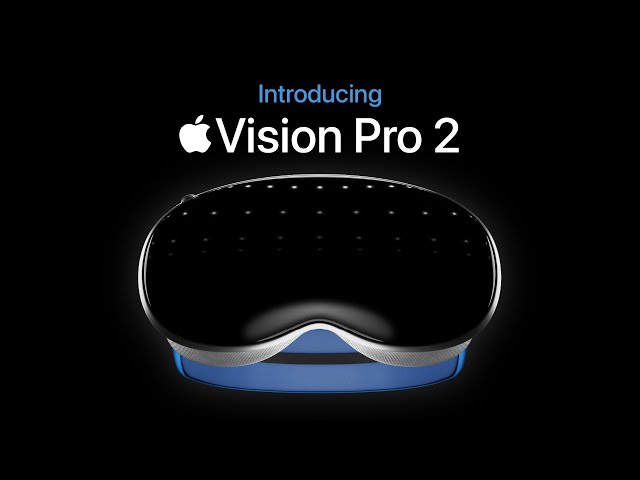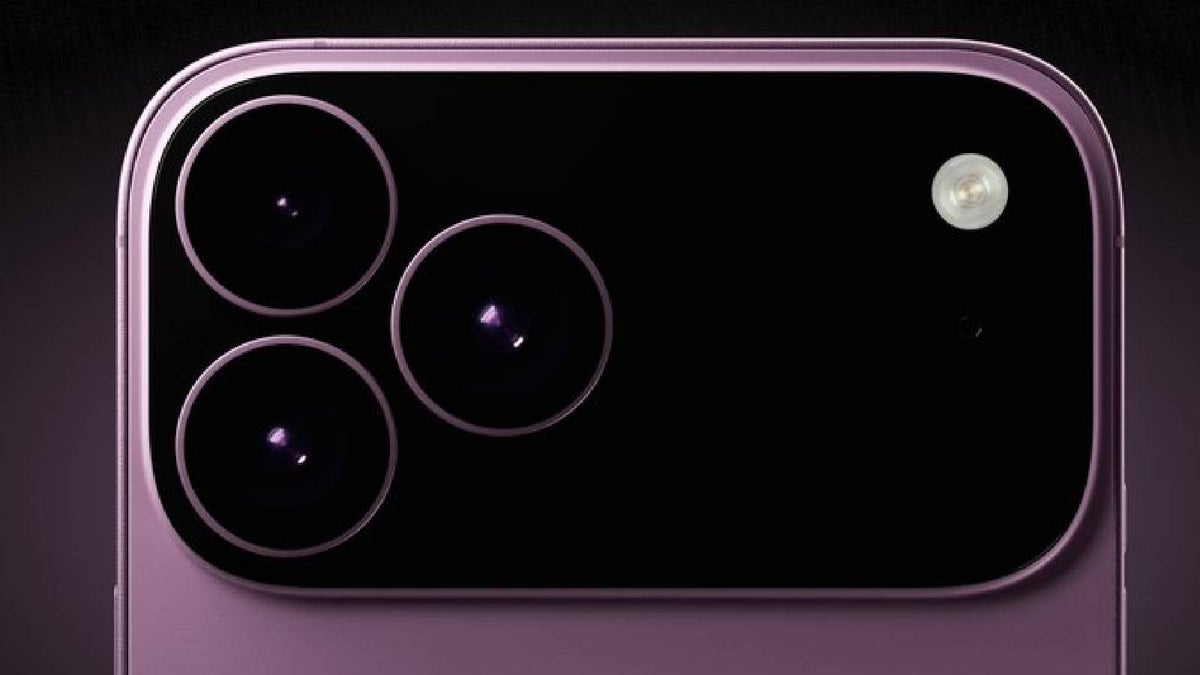Apple is working on a foldable iPhone, and according to a new report, it may not include Face ID. Instead, Apple could use an under-screen front camera. This design would help keep the display free from notches or cutouts when the phone is unfolded.
The report comes from The Elec, which says Apple is exploring different designs for its foldable phone. Without Face ID, Apple might focus more on under-display technology and possibly bring back fingerprint unlocking like Touch ID, though nothing is confirmed.
Apple is said to be testing both vertical and horizontal foldable models. The company has been taking its time to make sure the foldable iPhone meets its usual high standards. A launch isn’t expected until at least 2026. This move shows Apple’s interest in new phone designs while trying to keep the screen clean and modern-looking. Still, a lot could change before the final version is ready.





